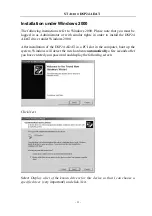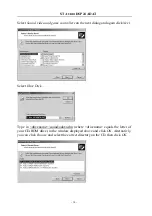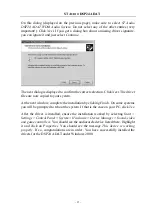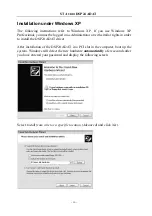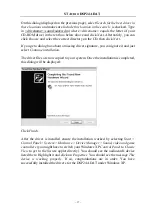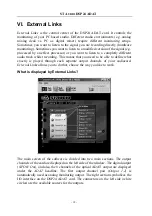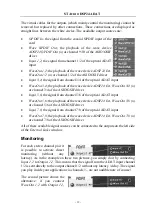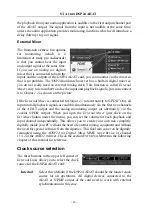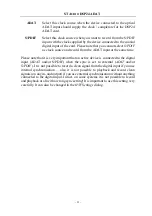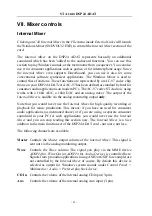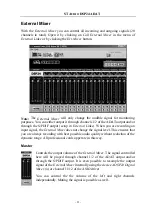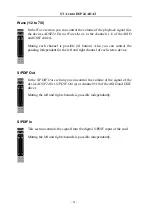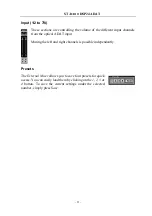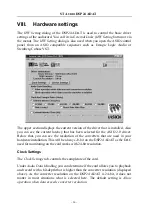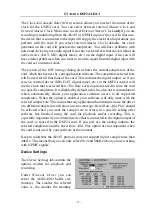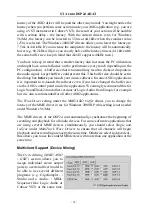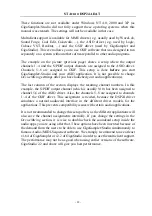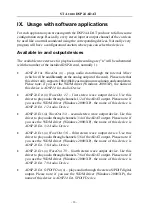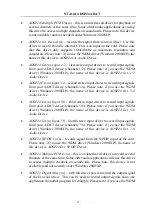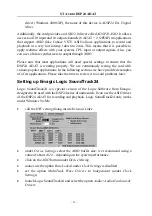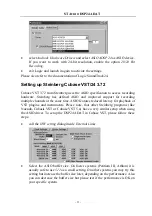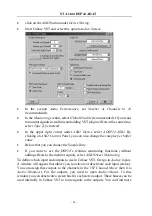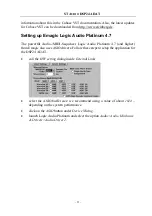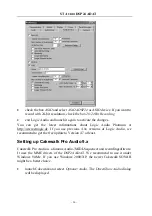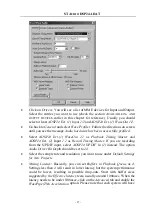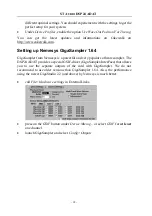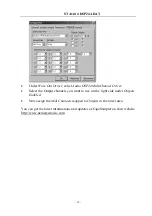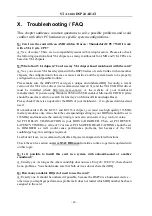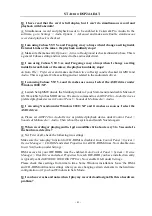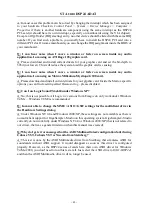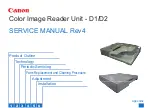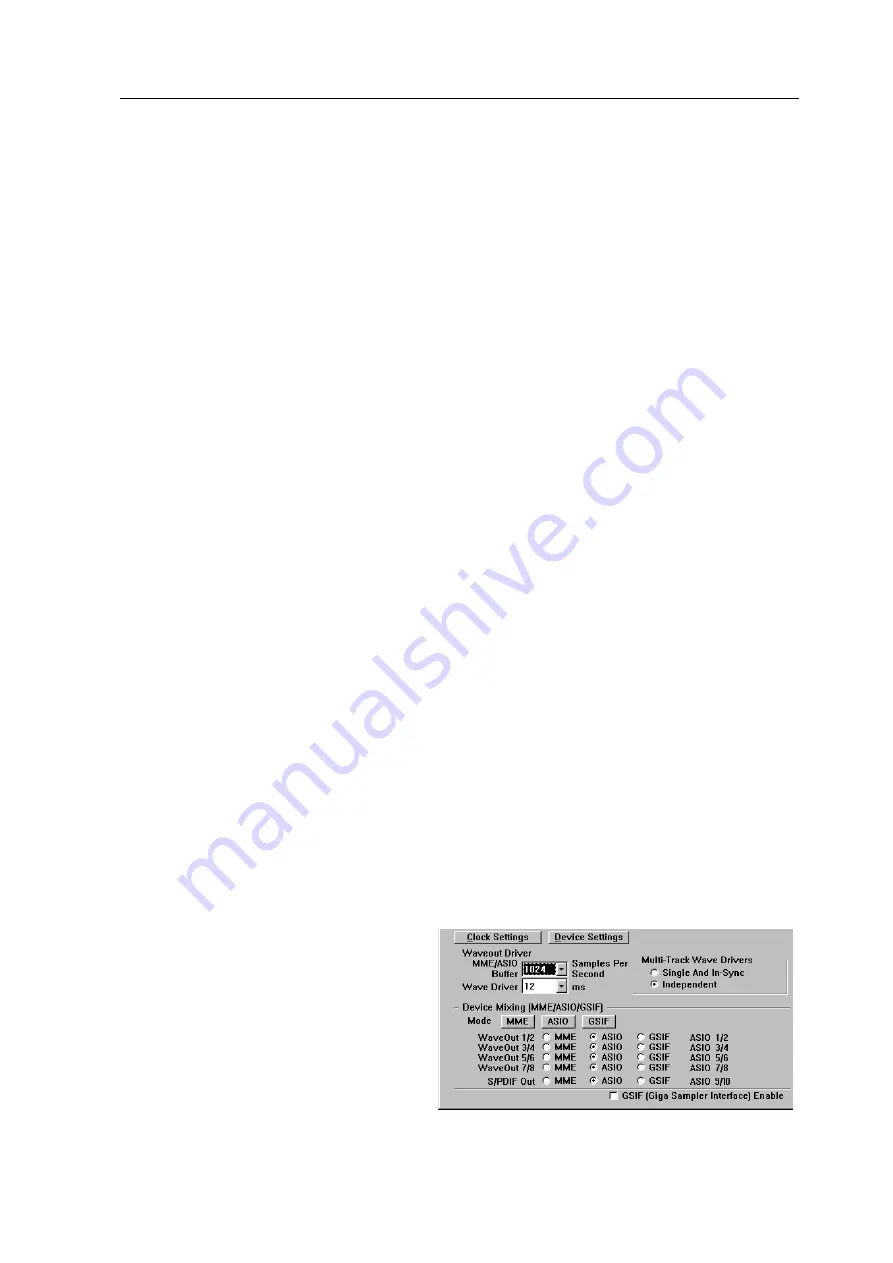
ST A
UDIO
DSP24 ADAT
- 27 -
The
Clock And Sample Rates (Hertz)
section allows you to select the source of the
clock for the DSP24 card. You can select between
Internal Master Clock
and
External Master Clock
. Make sure to select
External Master Clock
only
if you are
recording or monitoring from the ADAT or S/PDIF input of the card. In that case,
the device that is connected to the input will supply the clock for all operations you
perform with the card. If you select
Internal Master Clock
(default), the clock
generator on the card will generate the samplerate. You will have problems with
noise and clicks in your audio signal if you have selected external clock without an
active device (DAT, MD, digital mixer, etc.) on the digital input. Also you will
have similar problems when you want to record a signal from the digital input with
the card set to internal clock.
The section of the
H/W Settings
dialog also shows the current sample rate of the
card, which has been set by your application software. The samplerate selected here
will be used for all functions of the card. This includes the digital output, so if you
sync an external device (MD, DAT, digital mixer, etc.) to the DSP24 card, it will
use the clock that is selected here. The
Rate Locked
option is used to force the card
to a specific samplerate. It is disabled by default (which is also our recomendation)
which automatically allows your application software access to all supported
samplerates. When the option is enabled, your software will only work with the
selected sample rate. This means that any application that attempts to use the driver
at a different sample rate will show an error message.
Reset Rate After Play
should
be selected when you want the sample rate to return to a specific setting after
software has finished using the card for playback and/or recording. This is
especially important if your external device that is connected to the digital output of
the card, is synced to the DSP24 card. If you just use the analog outputs, the
selected samplerate and the
Reset Rate After Play
option are not important when
the card is not used by your software at the moment.
Keep in mind that the ADAT protocol does not support higher sample rates than
48kHz. This means that you can only select 88.2 and 96kHz when you are working
with S/PDIF signals.
Device Settings
The
Device Settings
tab controls the
options needed for playback and
recording.
Under
Waveout Driver
you can
select the
MME/ASIO
buffer size
(latency). The smaller the selected
value is, the smaller the resulting

